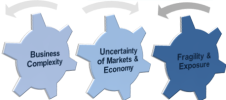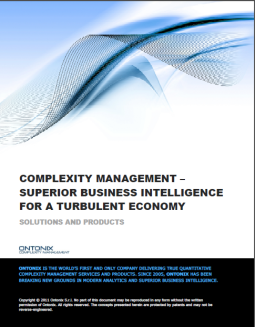Build Community for a Resilient future:: M3 Planning
Wednesday, 19 December, 2012 2 Comments
M3 Planning wade-in on one of my favourite topics: business resilience and use another, family business, to illustrate the power of a common bond or purpose. Interdependence is a feature of the most resilient natural or man-made systems…whether local, global or glocal!
Thanks to the vision and drive of Martin Stepek, Scotland has the Scottish Family Business Association to help develop and promote resilience in Scotland through our numerous family businesses.
Everyday we see the ripple effect that healthy organizations have on their internal and external communities. Their power to attract and retain engaged staff that create vibrant communities can lead to a successful nation and world.
For those who might not know it, M3 Planning is a company established by a mother, father and daughter team. Beyond DNA, the three shared another bond – to make long-term planning a more straightforward and beneficial process that could be accessible to thousands of businesses instead of just the Fortune 500s of the world.
The business started nine years ago, and like the rest of the country, M3 Planning has weathered economic crises and been honoured to witness how hundreds of companies have done the same by keeping long-term strategy in mind.
Family-run companies, according to Harvard Business Review’s November edition, weather hard economic times better than companies with more dispersed ownership. The article’s key point – family businesses focus on resilience more than performance.
Though the study found family-owned businesses did not make as much money during good economic times, consistently the average long-term financial performance was higher than non-family businesses in all seven countries examined.
Certainly being resilient is not relegated to family operations, and can be tied to management practices that invest in their people, encourage retention and result in fiscal stability.
- They’re frugal in good times and bad. This behaviour also is keeping debt low, deciding not to spend more than they make, choosing projects that show a good return on their own merits, and acquiring fewer companies.
- They are highly diversified and are more international, with a higher percentage of their revenues coming from outside their home region than nonfamily firms.
- They retain talent better than their competitors. In part, that can be attributed to greater financial stability, which reduces the need for layoffs. But these organizations also spend more on training their people: $1,172 a year per employee on average versus an average of $445 at non-family firms.
Most families have this hardwired to some degree, but beyond the boundaries of families, we have the capacity to establish resilience when we allow ourselves to care and prioritize in favour of the same things. Be it family businesses, healthy organizations, tight-knit communities or groups with common interests, these are all places in which we all live together.
We all have witnessed the power of community in 2012: strength, support, and caring are points where humanity shines through. In 2013, we will continue to honour and support groups who are driving toward improving their communities.
When all the metrics are met and goals checked off, there is no better strategic outcome that can be created than to positively impact the lives of those in your world. Blessings to everyone during this sacred season, we hope you see great things on your horizon personally, professionally and for your communities.












